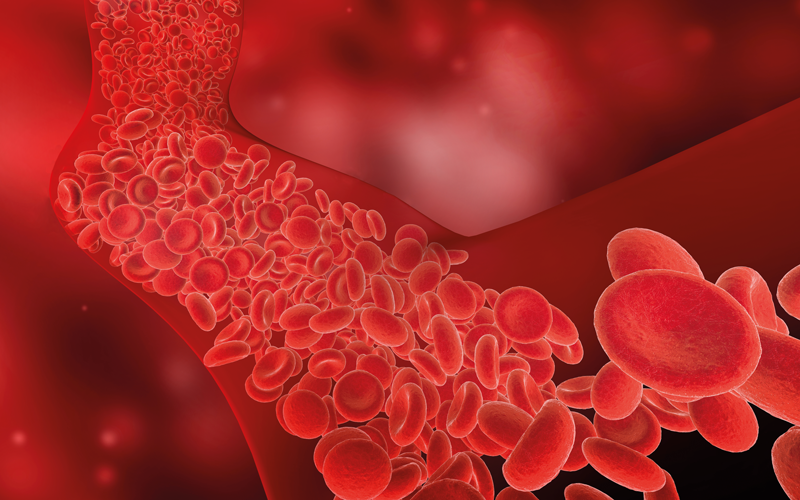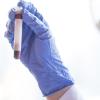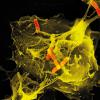Scientists have demonstrated that important pro-inflammatory mediators are released into the bloodstream through tiny pores in the cell membrane at a very early stage of an immune response.

Neutrophils play a decisive role in the initiation and maintenance of inflammatory processes in blood and tissue.
In the course of their activation, these neutrophils already begin to release pro-inflammatory messengers into blood vessels, signalling to the body that the immune system must redouble its efforts.
A team led by Professor Markus Sperandio from Ludwig Maximilian University (LMU) has now discovered the molecular mechanisms by which neutrophils release certain messengers known as alarmins in a very early phase of the immune response.
The release of alarmins from the cell interior occurs through gasdermin D pores in the cell membrane of the neutrophils, which are formed by activation of the so-called NLRP3 inflammasome.
The LMU team has demonstrated for the first time that the pore formation and alarmin release take place in the blood circulation and not just later in the tissue.
The research opens up the possibility of therapeutically influencing inflammatory processes at a very early stage through modulation of the mechanisms involved in alarmin release.
Image credit | Shutterstock




